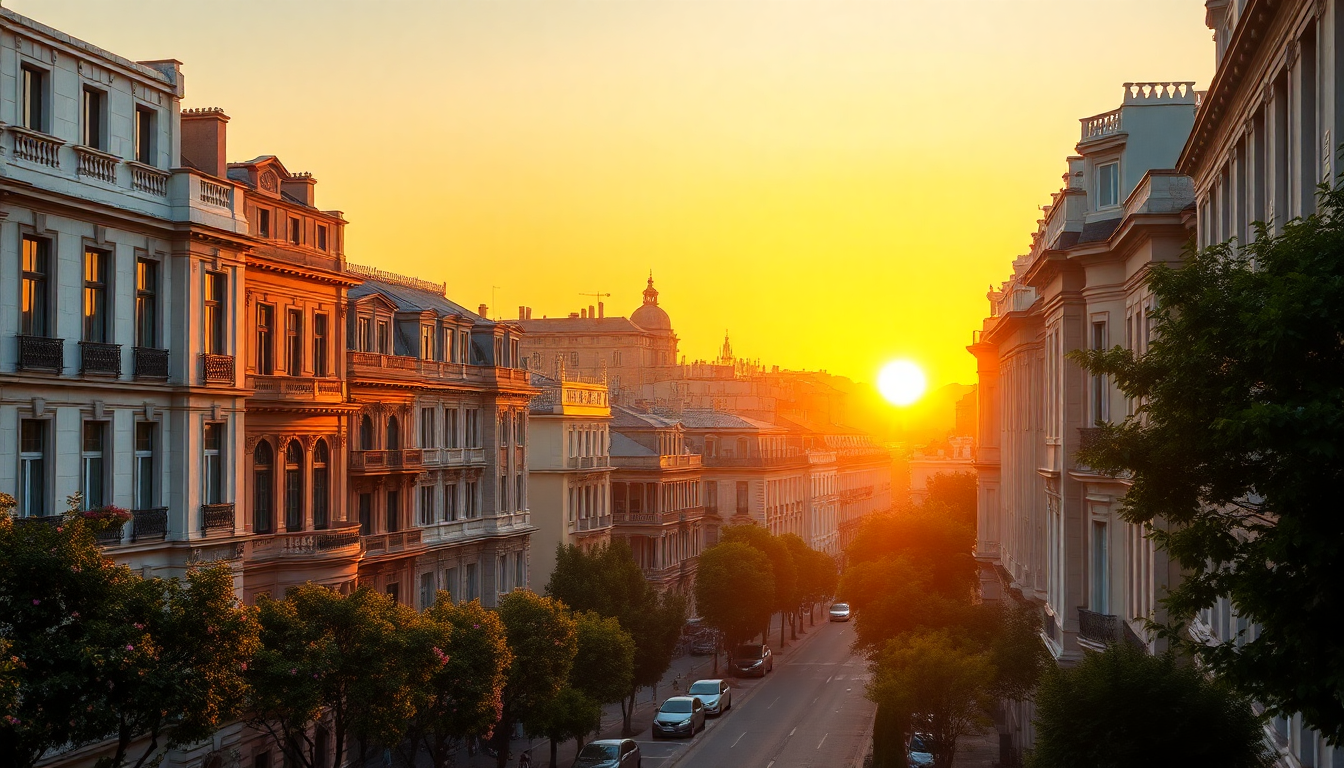Table of Contents
The luxury real estate market is not just a sector; it’s a vibrant and ever-evolving landscape that draws in both seasoned investors and those just dipping their toes in the water. Have you ever wondered what makes this market tick? With over two decades of experience navigating Milan’s luxury real estate scene, I’ve seen it all—from booming highs to challenging lows. In this article, we’ll explore the current landscape, highlighting the hottest areas for investment, pricing trends, and some practical advice for buyers and investors alike.
Market Overview with OMI/Nomisma Data
To truly grasp the current luxury real estate market, we need to pay close attention to reliable data sources like OMI and Nomisma. Recent reports reveal that the demand for premium properties is holding strong, even in the face of global economic uncertainties. The data indicates that sales in the luxury segment have steadily increased, particularly in the most sought-after neighborhoods. It’s a classic case of location, location, location. Neighborhoods like Brera and Porta Venezia have consistently shown impressive appreciation rates, making them hot spots for both domestic and international buyers.
What’s more, the average price per square meter in these prime areas is climbing higher. While the broader real estate market might fluctuate, luxury properties tend to hold their value, thanks to limited supply and strong demand. This resilience suggests that investing in luxury real estate can lead to favorable returns, making it an appealing option for investors focused on long-term growth.
Analysis of Interesting Zones and Property Types
So, where should you be looking for investment opportunities in luxury real estate? Identifying promising zones and property types is key. Milan’s historical districts, renowned for their architectural charm and cultural richness, remain at the top of investors’ lists. Take the Navigli district, for instance; it’s becoming increasingly popular for its lively atmosphere and proximity to essential amenities.
But it doesn’t stop there. Luxury developments featuring modern amenities and sustainability are gaining traction. Properties that enhance the quality of life—think green spaces and energy-efficient designs—are becoming essential selling points. As an investor, keeping an eye on these emerging trends can pay off, reflecting the evolving preferences of wealthy buyers.
Pricing Trends and Investment Opportunities
Diving deeper into pricing trends reveals that the luxury segment has its own unique dynamics compared to the general market. Recent data shows that while the overall housing market may experience ups and downs, luxury properties often stabilize more quickly and tend to outperform when it comes to capital appreciation. The cap rate for luxury investments remains competitive, making them attractive to investors looking for reliable cash flow.
Given these trends, strategic investment in luxury real estate can be highly rewarding. Properties in up-and-coming neighborhoods or those undergoing revitalization offer significant opportunities for appreciation. Isn’t it exciting to think about seizing the moment to acquire properties at favorable prices before the next wave of demand hits?
Practical Advice for Buyers and Investors
If you’re considering entering the luxury real estate market, having a clear strategy is essential. First off, understanding local market dynamics and connecting with trusted real estate professionals can provide invaluable insights. Conducting thorough due diligence on properties and their historical performance is crucial for assessing potential investments. What could be better than making informed decisions?
Additionally, patience is key. Being prepared to act swiftly when the right opportunity presents itself is crucial in this competitive market, where desirable properties can vanish in a heartbeat. Always keep in mind the long-term implications of your investments, focusing on properties that not only look great but also have the potential for future value appreciation.
Medium-Term Forecasts
As we look ahead, the luxury real estate market is gearing up for continued growth. With global economies stabilizing and affluent buyers regaining their confidence, we can anticipate a resurgence in demand for high-end properties. The focus on quality, location, and unique features will shape the market, likely leading to further price increases in desirable areas.
In conclusion, navigating the luxury real estate market requires a blend of market knowledge, strategic planning, and an understanding of buyer preferences. By staying informed and adaptable, investors can truly capitalize on the opportunities this dynamic sector has to offer. Are you ready to delve into the world of luxury real estate?


